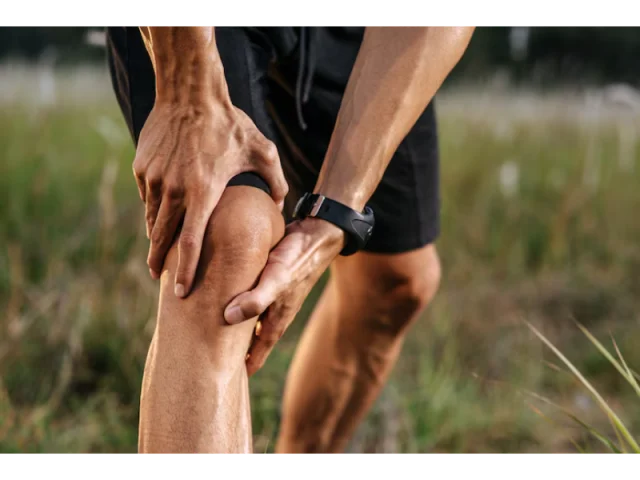The walking program after lumbar herniated disc surgery is one of the most important steps in the recovery process. Walking rebalances the spine, strengthens muscles, and speeds up healing. It also improves patients’ quality of life, reduces the risk of complications, and supports the return to social activities. However, this program must be planned based on medical science. In this article, you will find every stage of the walking program, expert advice, and key points to consider.

Table of Contents
- The Importance of the Walking Program
- Post-Surgery Preparation Phase
- Walking Program in the First Days
- Walking Program in the Following Weeks
- Integration with Physiotherapy
- Risks of Incorrect Walking
- The Role of Walking in Daily Life
- Points to Consider During Walking
- Doctor Checkups and Expert Support
- Frequently Asked Questions
- Conclusion
The Importance of the Walking Program
The walking program after lumbar herniated disc surgery is one of the most natural and effective recovery methods. Regular walking increases blood circulation, nourishes tissues, and contributes directly to healing. In addition, it strengthens muscles and supports balanced functioning of spinal structures. Consistent walking maintains joint flexibility and preserves mobility.
With this approach, recovery accelerates, and patients return to their routines faster. Walking also raises morale and boosts self-confidence. On the other hand, immobility causes muscle loss, makes weight gain easier, and increases the risk of complications such as blood clots. Regular walking reduces these risks and supports both physical and psychological recovery. Furthermore, walking helps patients regain independence and adapt back to social life.
Thus, patients should never view walking as a simple exercise. Walking directly supports medical treatment, provides safety, and becomes a core rehabilitation strategy.
Post-Surgery Preparation Phase
In the first days, preparation is essential before starting the walking program. Patients must first learn how to get out of bed safely. They should turn to the side, bend their knees, and push up using their elbows. This technique reduces sudden strain on the spine and protects the surgical site.
During this stage, patients must move slowly and avoid rushing. Standing exercises also help. When standing, body weight should be distributed evenly, and slouched posture should be avoided. These simple movements improve circulation and activate muscles.
With such preparation, patients approach walking more safely and feel mentally ready. Taking a few small indoor steps in the first days further enhances coordination and contributes positively to recovery.
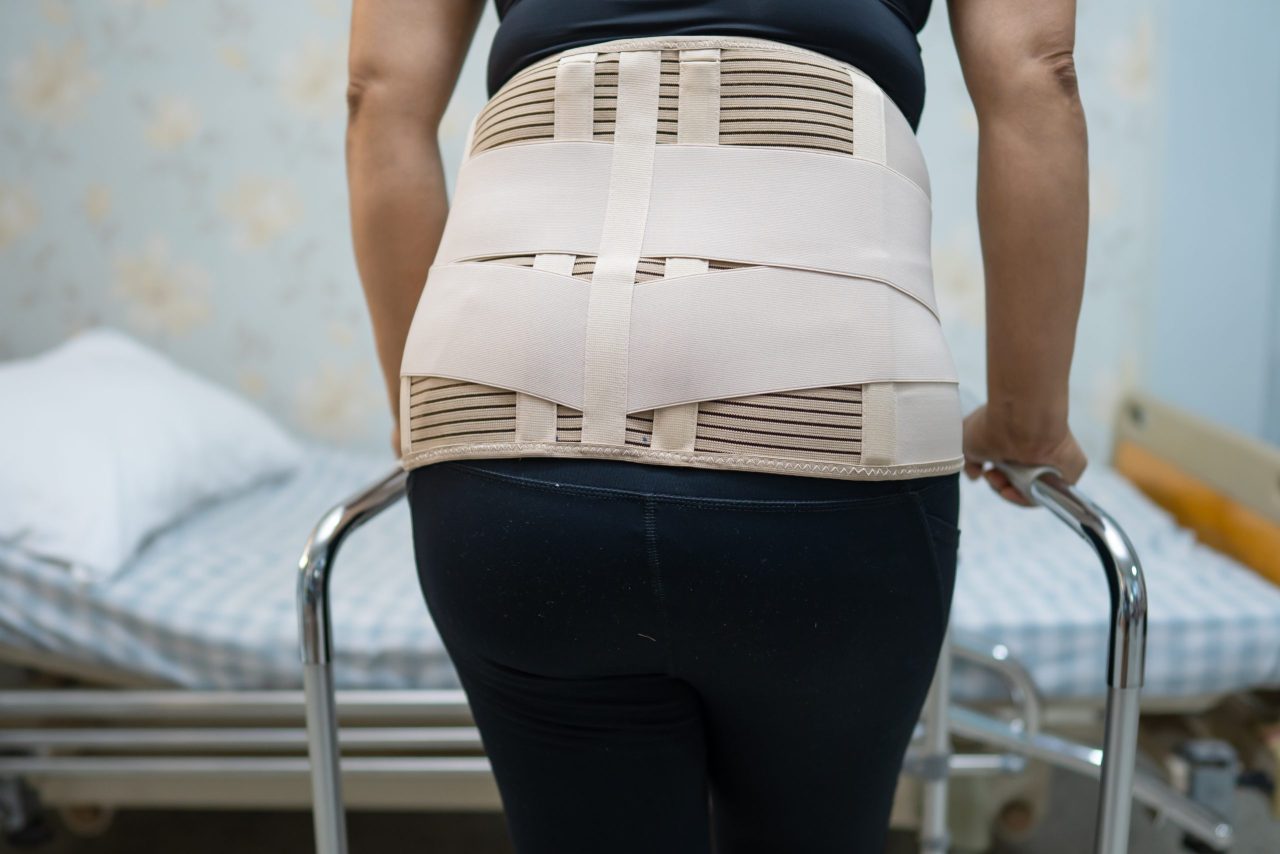
Walking Program in the First Days
In the early phase, patients keep walking sessions short. Usually, they begin with 3–5 minutes of walking and repeat these several times throughout the day. They should maintain a slow pace, take careful steps, and avoid sudden movements. When fatigue appears, they should stop and rest. Overexertion may cause strain at the surgical site.
These short walks stimulate blood flow, re-engage muscles, and prevent risks caused by inactivity. At the same time, they help patients gain confidence and adapt to movement. In the first week, consistent but short walks train the body and create a safe beginning.
Walks should take place indoors or on safe, flat surfaces. Patients must avoid slippery areas and may receive assistance from family members. With this approach, both physical and psychological safety is ensured.
Walking Program in the Following Weeks
After the initial weeks, patients increase their walking duration gradually. They first walk for 10 minutes, then extend the time depending on their condition. Later, they reach 20 minutes and strengthen muscles with repetition. After 4–6 weeks, patients usually manage 30 minutes of daily walking.
The focus should be on steady progress without unnecessary strain. During this process, patients must maintain an upright posture, keep the spine stable, and take controlled steps. Sudden turns and heavy movements must be avoided, as they can cause pain and delay healing.
In addition, patients integrate walking into daily routines. Whenever possible, outdoor walking is recommended because fresh air improves circulation and provides psychological relief. Gradually increasing the pace also supports cardiovascular health. In summary, the walking program after lumbar herniated disc surgery serves both as rehabilitation and as a foundation for long-term healthy living.
Integration with Physiotherapy
The walking program becomes far more effective when integrated with physiotherapy. Physiotherapists teach correct step techniques and add spine-strengthening exercises. This combination boosts the benefits of walking. Physiotherapy not only strengthens muscles but also enhances balance and coordination.
With this support, patients return to daily activities with confidence and stability.
Risks of Incorrect Walking
Incorrect walking can negatively affect recovery. Leaning forward puts unnecessary pressure on the spine. Sudden or heavy steps strain the surgical site. Irregular walking causes unbalanced muscle development. Inappropriate surfaces increase the risk of falling.
For these reasons, each patient must follow the program with proper technique. Early prevention of bad habits is crucial for safe recovery.
The Role of Walking in Daily Life
Walking should extend beyond rehabilitation. It should become a natural part of daily life. Patients can adjust everyday activities to match the walking program. For example, walking to the store instead of using a vehicle or choosing stairs instead of the elevator supports progress.
When walking becomes a lifestyle, healing becomes long-term. Stronger muscles also provide better spinal protection for the future.
Points to Consider During Walking
- Always walk on flat, safe ground.
- Choose shoes with proper support.
- Avoid sudden or jerky movements.
- Stop walking if pain, numbness, or weakness occurs.
- Increase walking duration gradually.
- Ensure the program is personalized and doctor-approved.
Doctor Checkups and Expert Support
The walking program after lumbar herniated disc surgery varies from patient to patient. Therefore, regular doctor visits are essential.
Op. Dr. Özgür Oktay Nar, a specialist in orthopedics and traumatology, guides patients through safe and effective recovery. Expert supervision ensures the walking plan fits individual needs, prevents complications, and speeds healing.
Frequently Asked Questions
When can patients begin walking after surgery?
Most patients can start short walks the day after surgery. The duration depends on the doctor’s advice.
What exercises are allowed besides walking?
Initially, only walking is recommended. Later, physiotherapists may add other exercises.
How often should patients walk each day?
During the early period, several short walks are best. Later, duration and intensity gradually increase.
What problems result from incorrect walking?
Improper techniques may injure the spine, cause pain, and delay healing.

Conclusion
In conclusion, the walking program after lumbar herniated disc surgery is the foundation of recovery. Regular walking increases circulation, strengthens muscles, and accelerates social reintegration. With expert monitoring and correct technique, walking ensures safe rehabilitation.
Op. Dr. Özgür Oktay Nar provides reliable, science-based support throughout this process. To learn more, you can visit our blog and read additional articles.











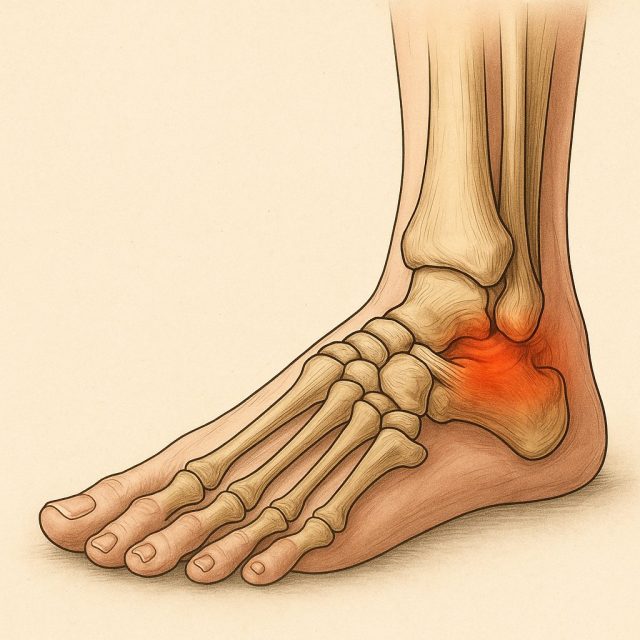

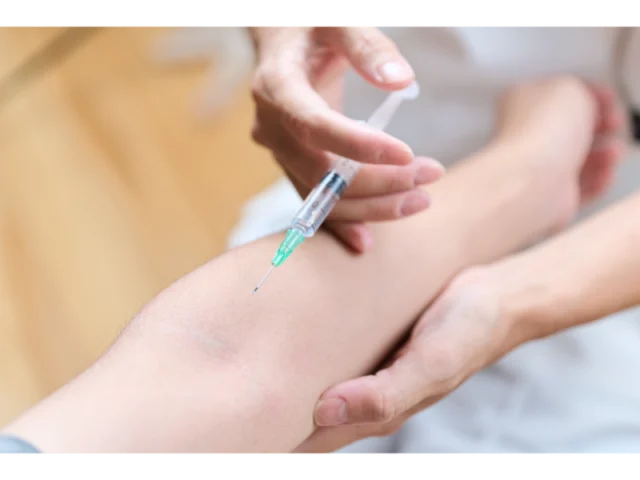
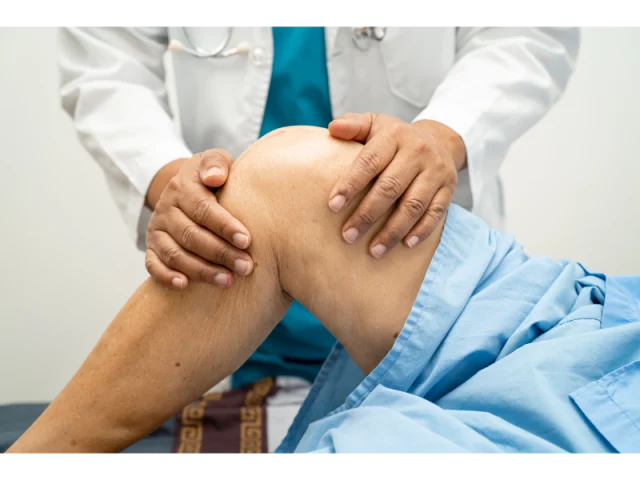








 Youtube Videos
Youtube Videos


